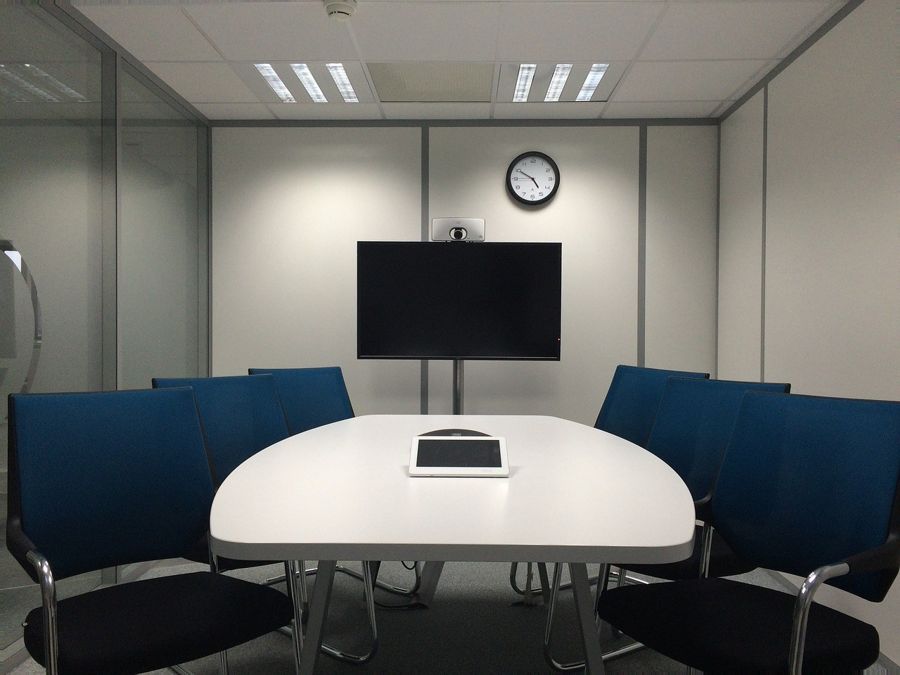
There are two types of flat screens to choose from when shopping for a flat-screen TV. Both types, commercial and consumer, produce outstanding quality pictures. They are engineered in different ways and have general differences to take into consideration. The end use of the display screens will help with the decision. When the customer is a business who will be using Flat Panel Displays to disseminate information to the public, Commercial Audiovisual systems can be a good choice. It is important to know the differences between the two types of flat-screen displays.
Professional AV Design and Engineering companies such as CCS Presentation Systems will guide their clients through the process of choosing the correct flat panel displays for their advertising or information dissemination. These companies will help customers design a whole advertising or information presentation program to display on the flat panel display screens.
General Differences In Consumer vs Commercial Flat Panel Displays
Generally, commercial kinds of screens are designed and made to work well with PCs and the accompanying architecture for long hours of use. Consumer type flat screens are designed for use with video and TV that are used for shorter periods of time. Some of the other differences include:
- Warranties are longer for commercially rated flat panel displays. Commercial screens have multi-year warranties, while consumer displays used for commercial purposes have only 90-day warranties.
- The burn-in and image retention technology is extensive and advanced on commercial screens and standard features on consumer flat panel displays.
- Security features for public display are incorporated on commercial and not available on consumer display screens.
- Commercial screens have VESA compliant mounting devices but consumer type screens don’t always have VESA-compliant mounting brackets and may need special optional ones.
- Commercial-type flat panel displays are built to do both landscape and portrait modes but most consumer screens do not offer portrait modes.
- Pertaining to heat and operating hours, the consumer type screens are not recommended for 24-hour use, while the commercial ones are designed to be used for long operating hours with superior heat dissipation technology.
- The commercial screens and consumer screens have slight differences in backlight and grayscale levels. The commercial screens show all 255 levels of luminance or brightness. Consumer type screens are more geared to the bright white end of the scale and the vivid saturated colors that are wanted for TV motion.
- There are differences in internal Scalier/algorithm and connector interface features between commercial and consumer screens. The commercial type screens have more advantages in these areas.
Each type of flat display screen has many successful uses. It is important to match the type screen with the end user and consumer needs. If a company uses the device to give lectures and sales presentations that last short periods of time, the consumer type flat screen will work as will the commercial type screen. But, if the information will be displayed on the screen for long periods of time, the commercial style flat panel display screen will be better.




